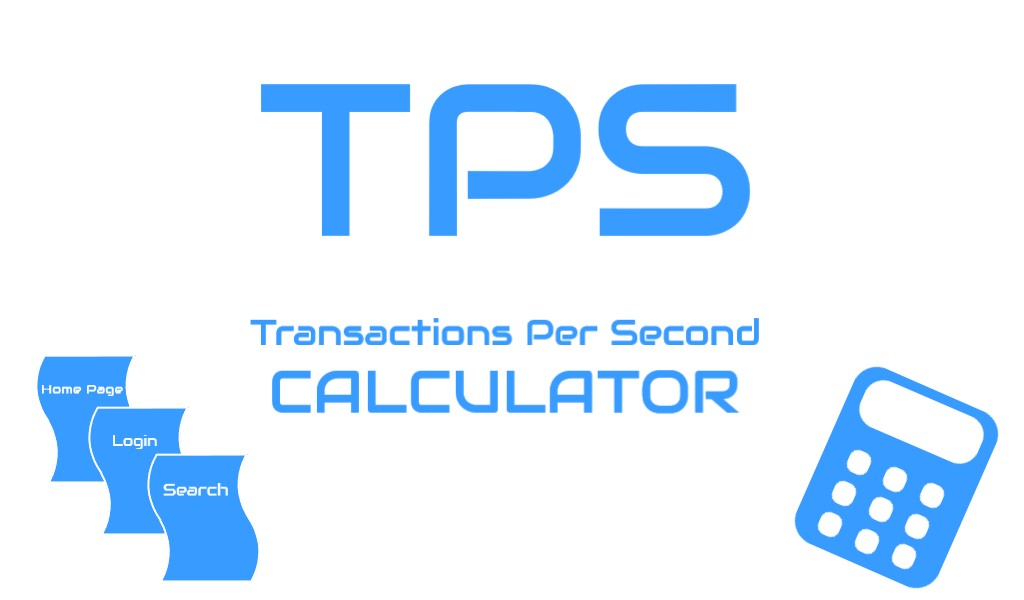Calculate the transaction rate by providing the required inputs. This calculator helps to estimate the transaction count on per hour and per second basis i.e. TPH and TPS.
Note: Bookmark this page for quick access
Example:
Requirement: A company want to test the very basic functionality of its website. The transaction flow is Home Page -> Login -> Logout. There are only 3 pages that need performance check. The expected number of users is 50.
Workload Modelling: A performance tester needs to design the workload model for the above requirement. He prepares the script containing Home Page, Login and Logout page transactions. The script takes 40 seconds to complete one iteration. 40 seconds include both end-to-end response time and think time which are 10 seconds and 30 seconds respectively. He provides a pacing value of 60 seconds. Now, he wants to calculate the total number of transactions per second. This value will help him to analyse the server capacity to handle the page requests at 50 user load. The above-given calculator will provide him TPS value as well as the TPH value:
- No. of Users (Threads): 50
- End to End Response Time (in seconds): 10
- No. of Transactions in one iteration: 3
- Pacing (in seconds): 60
- Total Think Time (in seconds): 30
The results are:
- TPS (Transaction per second) is 1.5.
- TPH (Transactions per hour) is 5400.


I gave the following input:
Number of threads: 10
End -End response time (without think time) : 133 seconds
Number of Transactions in 1 Iteration :11
Pacing: 30 seconds
Total think time: 200 (assuming think time of 20 between each pair of transactions)
and the calculator gave me: TPS: 0.3030
Going by Little’s law: if N=TPS (E2E+TT+Pacing) — how do we get this value? Kindly explain.
Hi, could any one share calculator manipulation logic, because we r seeing results instead of formula.
The calculator is based on Little’s law.
TPS = 10 * 11 / (133+200+30)
TPS = 0.30
Executing with 400 users and achieving 100 TPS with 2 sec response and 2 sec think time so i need to achieve 200 TPS with out changing users. assume that my systems, app and DB are fully optimized.
what is the approach we need to follow?
Hi Kapil,
In that case, just remove the think time (although it is not recommended for Web application). I would suggest the prepare a real-time test scenario, even though you are conducting a breakpoint test that also should be somehow real-time situation.
Its mandatory to achieve the similar TPS for Spike test and Stress test?
And which TPS is should be more? Stress or Spike?
here why 10 and 11 do multiplied ?…the no of users are only 10 !!